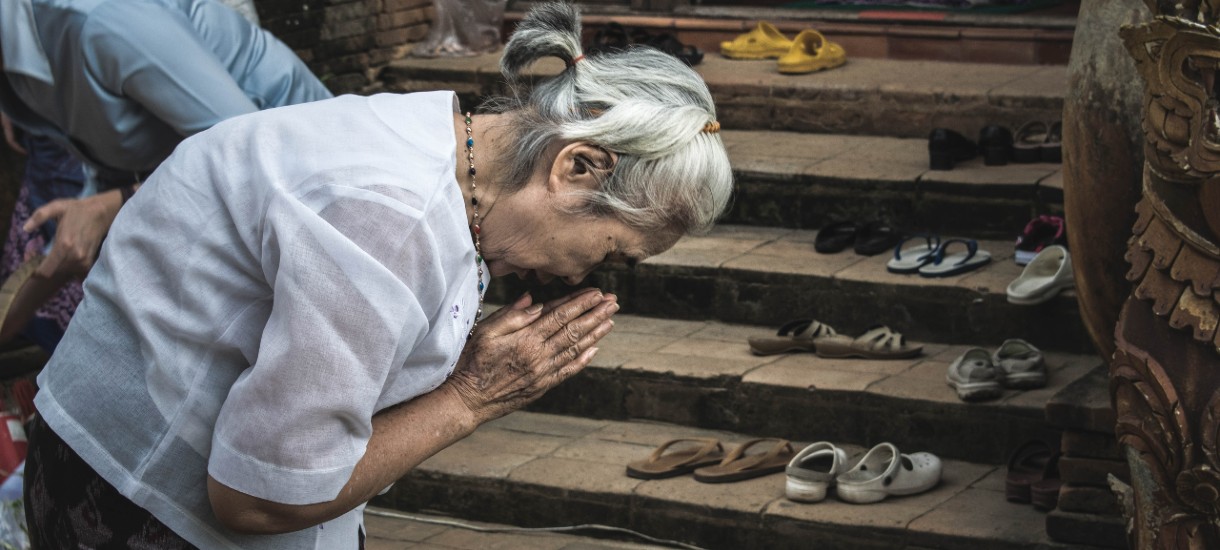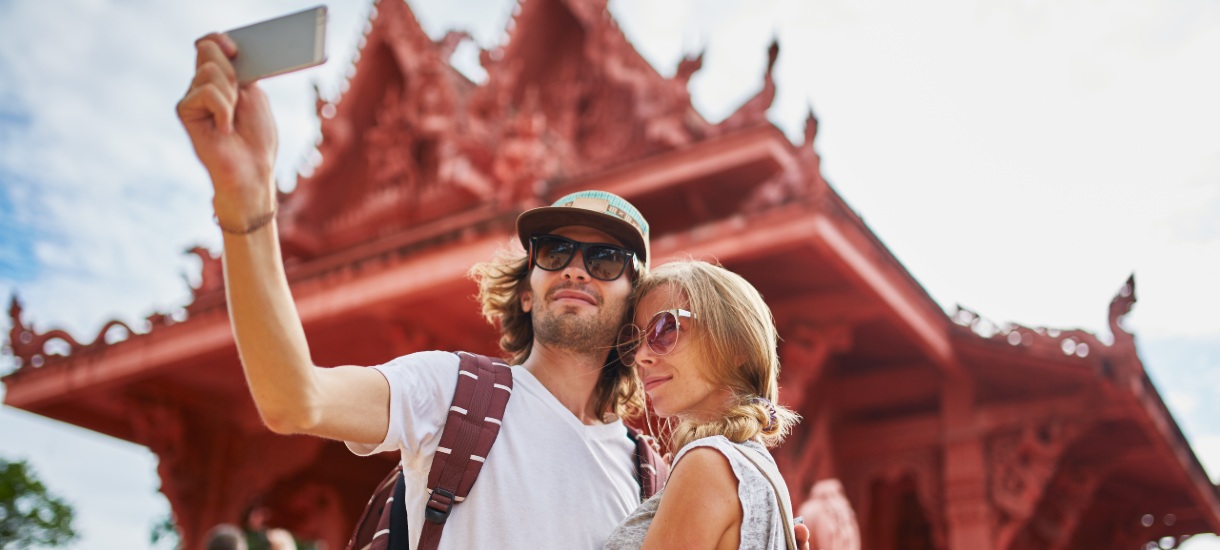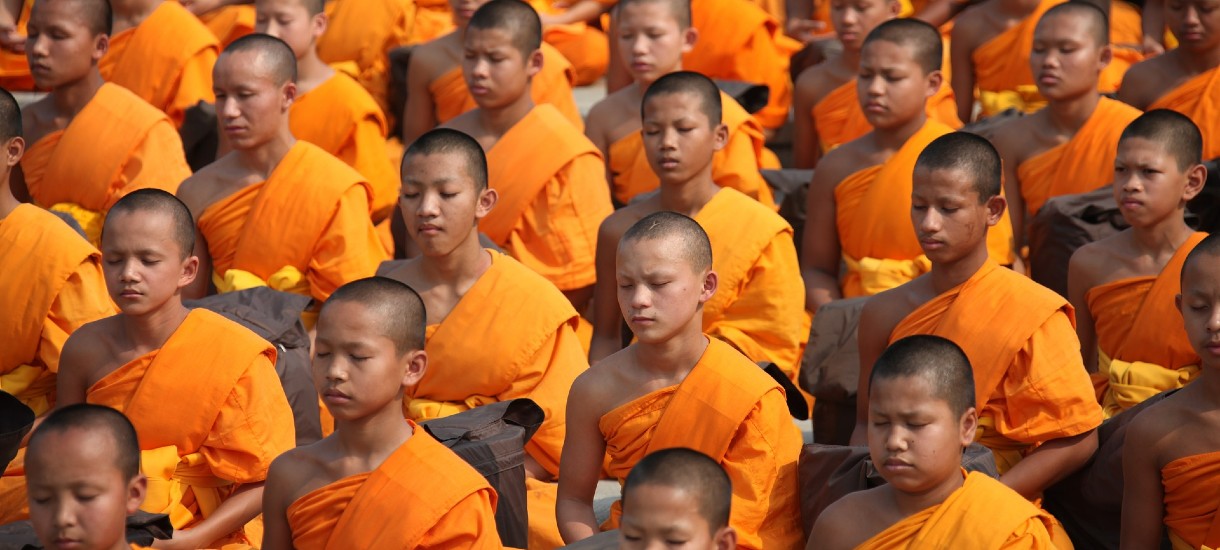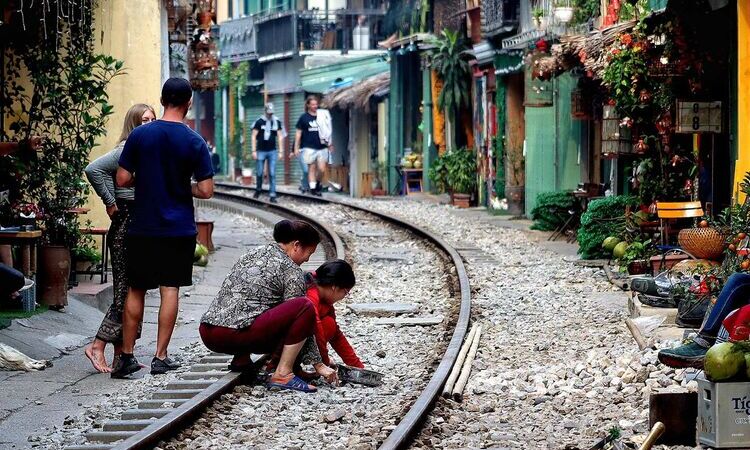Dos and Don’ts When Visiting a Buddhist Temple in Thailand
Learning about Buddhism and temple etiquette is quite important as Buddhism is deeply integrated into Thailand’s culture
Thailand is one of the most-visited countries in the world, and it has many good reasons to be. Before traveling to Thailand, visitors need to study the country such as weather, attractions, food, and local life to understand it better and make the visit easier.
Learning about Buddhism and temple etiquette is quite important as Buddhism is highly regarded and deeply integrated into Thailand’s culture with 95% of its population being Theravada Buddhists.
It’s estimated that Thailand has more than 41,000 Buddhist temples. Many of them are considered architectural wonders and ideal locations to explore the country's rich culture and take beautiful photos. However, in Thai belief, temples are sacred sanctuaries where people come to worship Buddha and pray. Therefore, things that we travelers deem to be normal can be inappropriate in the eyes of the natives. To help yourself treasure the moment whilst avoiding people raising an eyebrow, we have made a list of temple etiquettes that we think you should know (they are all very straightforward and easy to remember).
1. The DOs
- Stick to the dress code
Out of respect for the chastity of the monks, visitors need to comply with a strict dress code that requires the shoulders and knees of visitors to be covered when visiting a Buddhist temple.
For men, that means no shorts and no muscle shirts. At the famous Wat Phra Kaew, you will be expected to wear long pants, shoes, or back-strap sandals (no flip-flops).
For women, you must wear a skirt or pants that would cover your knee. Remember that leggings and tight pants are strictly forbidden in temples. Tank tops and spaghetti straps are not allowed. Sandals with straps are acceptable (again, no flip-flops).
If you happen to forget, many temples also have unisex sarongs available for you to rent during your visit.
- Take off your shoes

In Thai belief, the head is the most important sacred part of the body while the feet are the most unholy part. Understandably, your shoes become the dirtiest thing and hence, unacceptable to carry inside the temples. Therefore, remember to leave your shoes on the shoe racks that are placed outside the temple before entering inside.
- Keep your volume low
Regardless of whether or not worship is taking place while you are visiting, it’s important to keep your voice down - you don’t want to bother people when they are praying in peace. If you have children with you, make sure they don’t run around shouting although small lapses will be allowed for small kids.
- Be a responsible photographer

In most temples in Thailand, taking photographs is permitted. However, you can still cross the line if you don’t keep in mind these rules: (1) never take photos of worshipers; (2) never take a selfie with a Buddha statue; and, (3) don’t pass in front of prayers. At the same time, there will also be certain sacred areas of the temple where you are prohibited from taking photos. There will be signs (in English and Thai) to guide you.
- Circumambulation in a clockwise manner
Circumambulation is a gesture of respect in most religions. While exploring the internal space of the Buddhist temple, it is done by walking clockwise meditatively - keeping yourself right to the object of veneration. Doing so is to remind us to keep the Buddha's teachings at the center of our lives.
- Be respectful in the temple

To pay homage to the Buddha, local Thais do the “Wai” 3 times. For tourists, you just need to give a slight bow in front of a Buddha’s statue or when greeting a monk - as an act to show your respect.
- Give a donation to the temple
In order for the temple to keep running and well preserved, small donation areas are located around the temple. Donation isn’t mandatory but because you can enter most of the temples for free or with a small entrance fee, it would be nice to give a donation to the temple. The amount of the donation does not have to be large - even 1$ could be a helping hand in order for the temple to sustain.
2. The DON'TS
- Touch a monk (if you’re a woman)

According to the Buddhist tradition, monks should not touch a woman to prevent their distraction from lust. To honor this rule, female visitors should avoid sitting next to or touching a monk. If a woman notices a monk is walking towards her, she should step to one side politely to allow him to freely pass. Moreover, if she wants to give something to a monk, she should either give it to a man to pass on to the monk or place it on a cloth to avoid direct contact.
- Use your index finger to point
In Thailand, using your index finger to point is considered to be rude. If you want to point out something or someone in a temple, you can hold out your hand with the palm facing upward and point to the object with all four fingers facing forward.
- Sit with feet pointing at Buddha statues
As mentioned above, Thai people believe feet are unclean hence pointing your feet at a Buddha statue is the height of disrespect. You should always make sure that the soles of your feet are not facing the altar or any Buddha statues when you sit or kneel in a temple in Thailand.
- Turn your back on sacred objects

Turning your back on sacred objects such as the Buddha statue, or an altar,... is regarded as a disrespectful act and you should avoid doing that at all times. Always try to approach these objects facing toward them and when you are ready to leave, gently step back a few meters - then you are good to go.
- Step on the raised threshold at the entrance of the temple
At the entrance of most Thai temples, there is a raised threshold - traditionally there to keep out evil spirits and is also the home of the guardian spirit. Remember to always step over it and never step on it. Placing your foot on the raised threshold of any temple in Thailand is deemed to be a bad manner that can cause you bad luck.
And there you have it!
We hope that you have taken note of our tips to get yourself ready before visiting Thai Buddhist Temples.
If you need any further information about Thailand, don’t hesitate to contact us for more insights into this amazing country!




